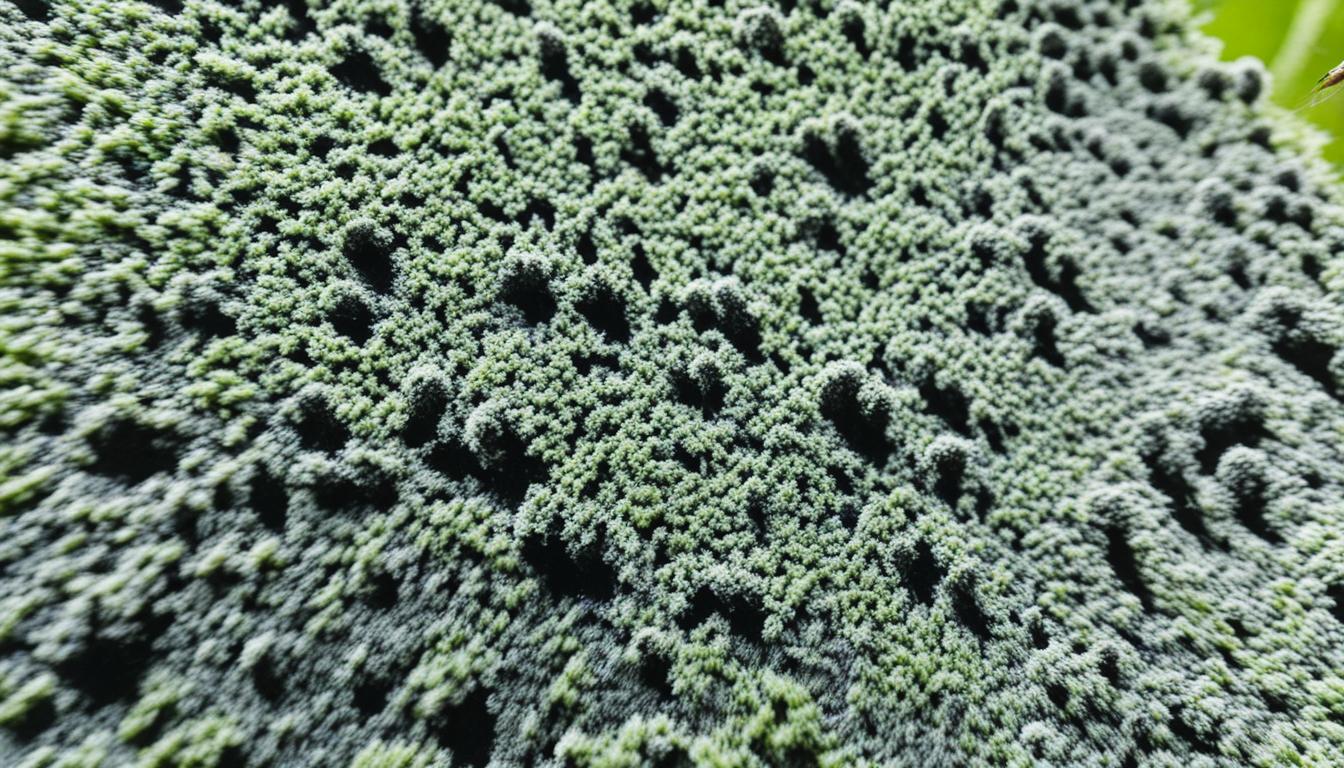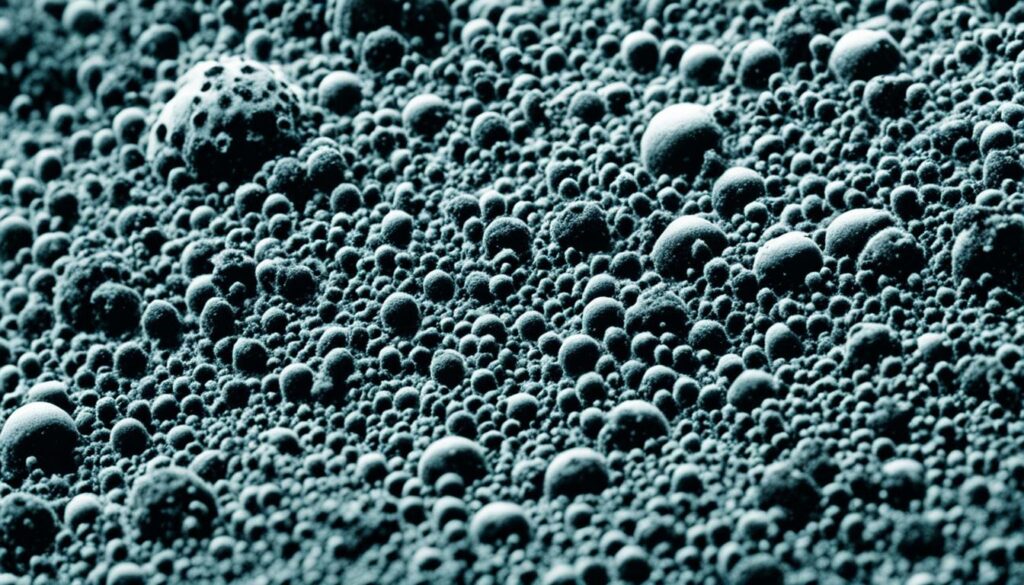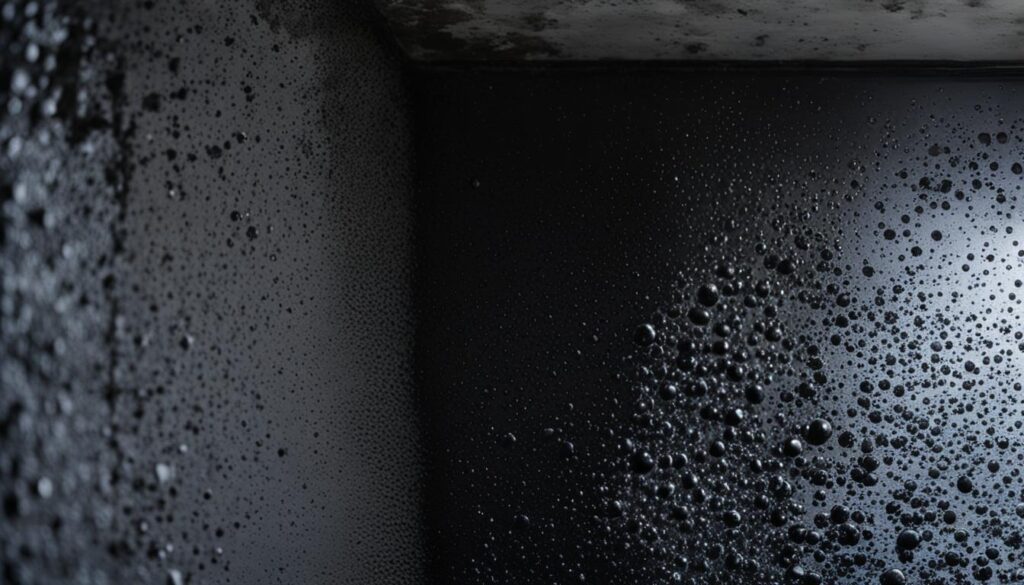
Exploring the World of how long does it take for black Mold to grow: A Beginner’s Guide
Welcome to our beginner’s guide to understanding black mold and its growth timeline. In this article, we will delve into the fascinating world of black mold, exploring how long it takes for it to develop, the health risks associated with its presence, and the various factors that can affect its growth. Whether you’re a homeowner or a business owner, understanding black mold and its growth patterns is crucial for maintaining a safe and healthy environment.
Black mold, also known as Stachybotrys chartarum, is a type of mold that can grow indoors in areas that are damp or humid. It is characterized by its dark appearance and can pose serious health risks when found in living or working spaces. Discovering black mold in your environment can be alarming, but by knowing more about its growth timeline and the factors that influence it, you can take steps to address the issue effectively.
- Black mold is a type of mold that grows in damp or humid environments.
- Understanding the timeline for black mold growth is essential for addressing mold-related issues promptly.
- Exposure to black mold can lead to various health risks and respiratory problems.
- Factors such as moisture, temperature, humidity levels, and ventilation can affect the growth of black mold.
- Controlling moisture, maintaining proper ventilation, and addressing humidity issues can help prevent black mold growth.
Understanding the Growth Timeline of Black Mold
In this section, we will take a closer look at the growth stages of black mold. We will start by examining the process of spore germination and how it leads to mold colonization. From there, we will delve into the conditions that prompt rapid growth of black mold. By understanding the timeline of black mold growth, you can better identify and address mold issues in a timely manner.
Black mold, scientifically known as Stachybotrys chartarum, goes through several distinct growth stages before reaching its mature form. The growth timeline encompasses the following phases:
- Spore Germination: The growth process begins when the black mold spores, which are microscopic and often airborne, find a suitable environment to germinate. These spores are resilient and can survive in extreme conditions until they encounter moisture and organic materials for nourishment.
- Colonization: Once the spores find a damp surface rich in nutrients, they begin to colonize and form a structure called mycelium. The mycelium consists of interconnected thread-like structures that spread and penetrate the surface, anchoring the mold and facilitating its growth.
- Rapid Growth: With an optimal environment, including ample moisture, darkness, and organic materials, black mold experiences accelerated growth. The mycelium expands rapidly, proliferating and producing more spores, which can further contaminate the surrounding area.
During the rapid growth stage, black mold can quickly cover large areas, leading to potential health risks and structural damage if left unaddressed. Therefore, it is crucial to identify and address mold growth as early as possible.
Understanding the growth timeline of black mold is essential for effective mold remediation and prevention. By recognizing the early signs of spore germination and colonization, you can take prompt action to mitigate further growth. Additionally, identifying the conditions that foster rapid growth, such as excess moisture or poor ventilation, allows you to implement preventive measures and create an inhospitable environment for black mold.
“Proactively addressing black mold growth at its early stages can prevent potential health risks and structural damage.”

By grasping the growth stages, you can take the necessary steps to eliminate mold and prevent recurrence.
Factors That Affect the Growth of Black Mold
When it comes to the growth of black mold, several factors come into play. Moisture, temperature, humidity, organic materials, and ventilation all play crucial roles in providing an environment conducive to mold growth.
Moisture is one of the primary catalysts for mold growth. Whether it’s from a leaky pipe, a burst water heater, or excessive humidity, any source of moisture can create the perfect breeding ground for mold. It is important to promptly address and fix any moisture-related issues to prevent mold from thriving.
The Role of Temperature
Temperature is another key factor that influences black mold growth. Mold tends to thrive in warmer temperatures, typically between 77°F and 86°F (25°C and 30°C). Colder temperatures can slow down the growth process, while excessively high temperatures can inhibit mold growth.
Humidity levels also have a significant impact on mold growth. Mold thrives in high humidity environments, with optimal conditions typically ranging between 70% to 90% humidity. Maintaining appropriate humidity levels, ideally below 60%, can help prevent mold colonization in your living or working spaces.
The Role of Organic Materials and Ventilation
Black mold requires a food source to grow, and organic materials provide an abundant source of nutrients for mold spores. Common organic materials include wood, paper, and fabric. If these materials are exposed to moisture and remain damp for an extended period, mold growth becomes highly likely.
Proper ventilation is essential for preventing mold colonization. Good airflow helps to reduce moisture levels, promoting faster drying and preventing the accumulation of excess moisture in the environment. It is important to ensure that ventilation systems are functioning effectively and that there is sufficient air circulation in all affected areas.
Ultimately, by addressing the influential factors of moisture, temperature, humidity, organic materials, and ventilation, you can effectively control the growth of black mold and maintain a healthy environment.
Be proactive in identifying and addressing these factors to minimize the risk of mold-related health issues and maintain the well-being of yourself and those around you.

Conclusion
In conclusion, understanding the timeline for black mold growth and the factors that influence it is crucial for safeguarding against the health risks associated with mold exposure. Promptly addressing moisture issues, ensuring proper ventilation, and controlling humidity levels are effective strategies for mitigating black mold growth in your surroundings.
If you suspect the presence of black mold in your home or workplace, it is highly recommended to seek professional assistance from experts like Fix Mold Miami. They provide comprehensive mold assessment and remediation services to ensure a safe and healthy living environment for you and your loved ones. You can contact Fix Mold Miami at 305-465-6653 to schedule a consultation and take proactive steps towards mold prevention.
Maintaining a mold-free environment not only protects your health but also preserves the structural integrity of your property. By taking proactive measures and relying on the expertise of professionals, you can safeguard against the detrimental effects of black mold and enjoy a clean and healthy living space.




